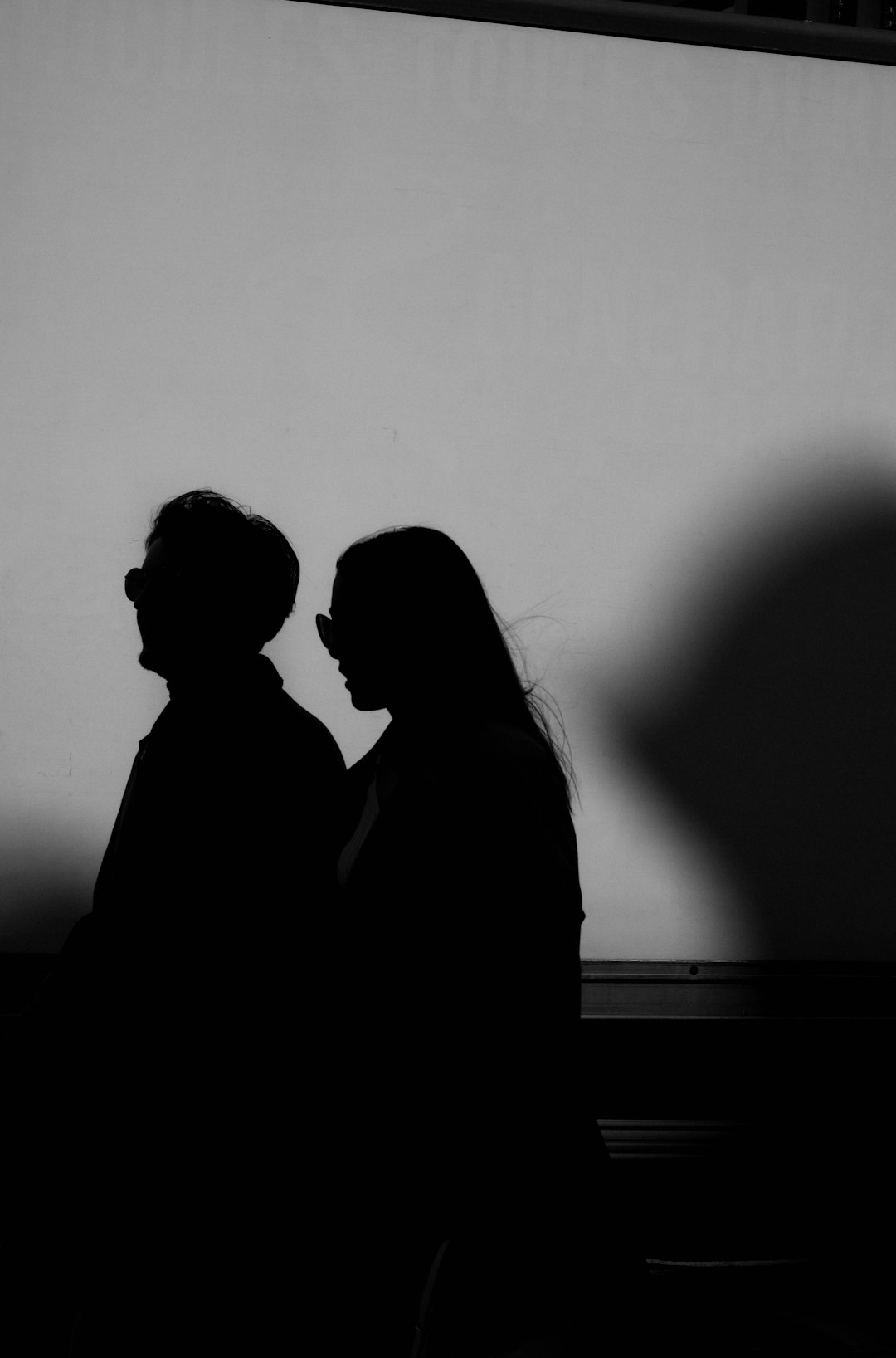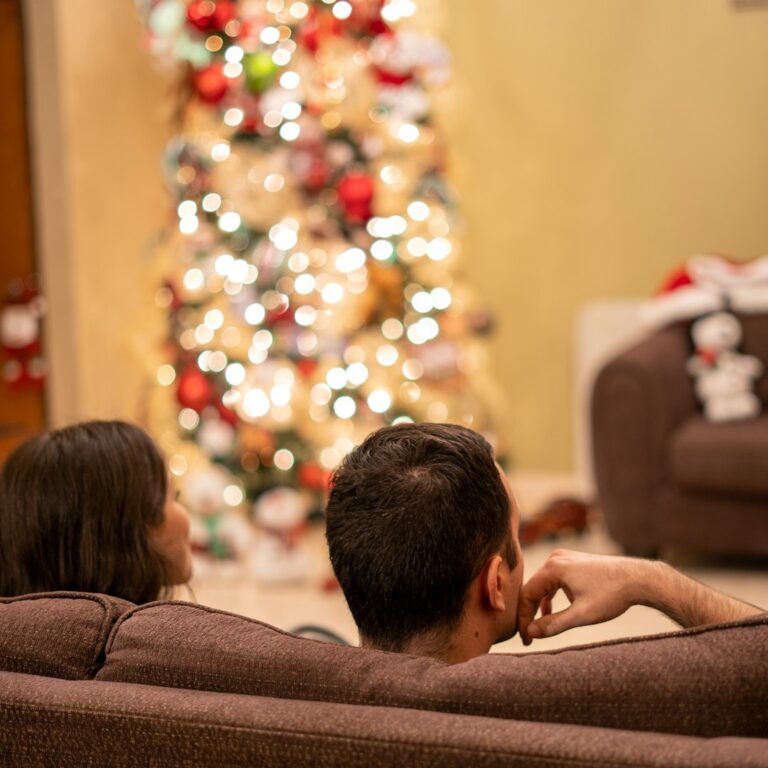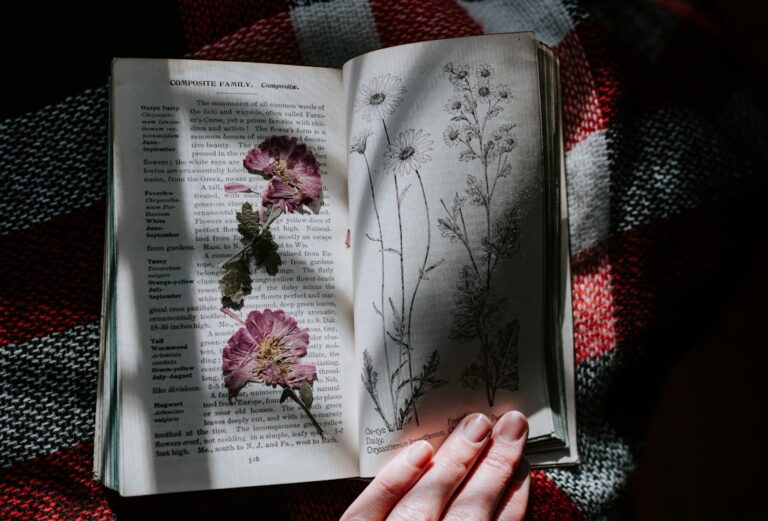Loving someone with a dismissive avoidant attachment style can be an exhilarating yet deeply painful experience. The longing, the uncertainty, and the emotional rollercoaster can linger long after the relationship ends — leaving you questioning your worth, your expectations, and even your understanding of love itself. In this exploration, we will unpack what it’s like to love a dismissive avoidant woman, how being discarded can affect your self-esteem, and how to find healing and insight after the heartbreak.
Understanding the Dismissive Avoidant Attachment Style
Attachment theory offers a framework to understand how we connect with others in relationships. Those with a dismissive avoidant attachment style typically:
- Appear emotionally independent or detached
- Struggle to express needs and vulnerability
- Value personal freedom and autonomy over emotional closeness
- May downplay or disregard a partner’s feelings
A dismissive avoidant person isn’t cold or unfeeling at heart, but their protective instincts make it difficult for them to let others in. The highs of romance are intoxicating, but when intimacy deepens, so does their discomfort. This can create a persistent push-pull dynamic, leaving their partner feeling off-balance and unseen.
The Intensity and Bliss: Falling in Love With Her
For many, falling in love with a dismissive avoidant woman is electric. She brings energy, spontaneity, and an intoxicating sense of freedom — those warm summer nights, the laughter-fueled adventures, and the feeling that life could be more when you’re with her.
It’s common to feel swept away by someone who radiates a sense of possibility. Her presence lights up your world, amplifying both the joys and the stakes of the connection. Being with her feels like coming alive — but as time passes, cracks begin to show.
Signs That Emotional Distance Was Growing
- She frequently chose friends over you, often seeing you after her nights out
- Plans were unpredictable; you weren’t sure where you stood
- You found yourself wondering if you were a priority, or just an option
- Her interest waxed and waned, leaving you craving stability she couldn’t offer
The uncertainty can be as painful as it is confusing. Half of the time you felt like you mattered deeply; the other half, as if you were a backup plan. This emotional inconsistency is hallmark of a dismissive avoidant relationship and can trigger a profound sense of abandonment — even when the rational part of you understands her fear of closeness.
The Painful Aftermath: Being Discarded
Few things cut deeper than being suddenly discarded by someone you love — especially after months of intensity. When she withdrew or ended the relationship, the pain wasn’t just about losing her. It was losing the energy, the adventure, and the possibility she brought into your life. But beneath it all, something else lingers: the sense that your feelings didn’t matter.
The Wounds Left Behind
- Questioning Your Worth: "Was I not enough for her?"
- Feeling Like a Backup Plan: "Was I always just second choice?"
- Guilt and Self-Doubt: "Was I asking for too much by wanting equal time?"
The emotional fallout often includes long nights replaying memories, scrutinizing every interaction, and shouldering the weight of rejection. You may wonder if wanting a 50/50 share of her time was unreasonable, or if you just weren’t exciting enough, important enough, or lovable enough to change her mind.
Why Dismissive Avoidant Individuals Behave This Way
It can help to view her behaviors through a lens of compassion — not to condone the pain she caused, but to better understand what rooted this dynamic.
Dismissive avoidant partners often learned early in life to minimize their emotional needs. They may have grown up in environments where vulnerability was met with criticism or neglect, so keeping a distance became their best survival tool. Intimacy feels risky; demanding closeness feels suffocating.
- When you asked for more, she may have felt pressured or "invaded"
- Instead of leaning in, she pulled away — protecting herself from perceived engulfment
- This isn’t personal, but it feels deeply personal when you’re on the receiving end
She didn’t leave because you failed; she left when the heat of emotional intimacy grew too intense for her comfort zone.
Was Wanting 50/50 Too Much?
This is a common question among those who love avoidant partners. Is it unreasonable to want equal time, consistency, and attention?
The answer: No. Wanting to be important, cherished, and prioritized is a healthy desire in romance. Balanced relationships thrive on reciprocity and consideration for each partner’s needs. If one person is continuously chosen second — or only after the excitement of other plans — it’s natural to feel unimportant and abandoned.
Healthy Relationship Expectations
- Sharing time and energy fairly
- Feeling valued and chosen — not as a last resort
- Expressing needs without fear of being “too much”
These are not excessive demands; they are foundational for secure, nurturing love. If your partner can’t meet you halfway, the hurt is real — but it’s not a reflection of your worthiness.
The Emotional Conflict: What the Heart Remembers
While you grieve the relationship, you may find yourself missing more than her presence. You miss the feeling of being alive, the energy she brought, and the possibility of unexpected adventures. Losing someone like her — so full of life, yet so elusive — can feel like losing a part of yourself that only awakened when you were together.
At the same time, the pain is compounded by the knowledge that your emotional needs often went unmet. The very person who made you feel so alive also left you feeling invisible, discarded, or emotionally starved. This exposure to intensity and absence — the push and pull — is what makes healing so complicated after attachment-based breakups.
Why You Feel Abandoned, Even If It Wasn’t Your Fault
Being left by a dismissive avoidant partner can retrigger childhood hurts and core wounds — especially if you have an anxious or sensitive attachment style. It activates fears of abandonment and rejection, making it feel like you have done something wrong or simply aren’t enough.
But here’s the truth:
- Your desire for closeness is not a flaw
- The pain of abandonment is real, and valid
- Her inability to meet you doesn’t diminish your value
Navigating the Aftermath: Healing and Growing After Heartbreak
Reclaiming your sense of self is possible — even when you feel emptied out by loss. Here’s how to support your healing after loving and losing a dismissive avoidant partner:
1. Allow Yourself to Grieve — The Relationship and the Fantasy
It’s natural to miss her, but also what she represented: excitement, aliveness, adventure. Allow space for all these feelings. Write, cry, talk with supportive friends. Acknowledge not just the relationship’s end, but the loss of all the possibilities it once offered.
2. Challenge the Narrative of Unworthiness
Gently notice any cycles of self-blame or doubt. Remind yourself:
- Wanting equal time was reasonable and healthy
- Her avoidance was her own pattern, not a measure of your value
- Your feelings do matter; in fact, they are the compass that leads you forward
3. Learn About Attachment Styles
Understanding attachment dynamics can empower you to see the relationship with new clarity. Recognizing avoidant and anxious patterns allows you to depersonalize the pain and gain tools for healthier love in the future.
4. Reconnect With What Made You Feel Alive
The energy you felt with her wasn’t solely hers — it was yours too. The freedom, adventure, and joy you experienced are parts of you that can be reignited. Try:
- Pursuing passions or new activities
- Traveling, hiking, or joining classes — solo or with friends
- Recreating new summertime adventures, on your own terms
5. Seek Relationships With Emotional Reciprocity
As you move forward, look for connection with those who choose you, who offer emotional availability and balance. Securely attached partners provide the safety, consistency, and intimacy you deserve — without the need to chase or prove your worth.
Lessons Learned: Growth After Loving an Avoidant Partner
Surviving the fallout of a relationship with a dismissive avoidant woman can be transformative. While the heartbreak is undeniable, it often clarifies your needs and boundaries for future love.
- Self-Respect: You deserve to be cherished and prioritized, not negotiated down for a sliver of attention
- Clarity: Seeing the difference between connection and chemistry — learning that emotional safety is non-negotiable
- Resilience: Pain can be a powerful teacher about your capacity for vulnerability, love, and self-worth
Moving Forward With Compassion — For Yourself and Her
It’s easy to vilify the partner who discarded you, but practicing compassion for her struggle, and for your own heartbreak, is healing. Both of you are navigating old patterns shaped long before you met. While you can’t change the past, you can honor your feelings, and choose connection in a more balanced way going forward.
Loving a dismissive avoidant woman can leave deep scars. But those scars don’t have to define your story. In healing, you rediscover not just the freedom and adventure she brought into your life, but a steadier, warmer energy that is truly yours — one that will carry you into relationships where you are truly seen, valued, and cared for.
Conclusion: Embracing Your Worth
Your desire for closeness, presence, and a fair share of love is not too much. The pain you feel is valid. As you process your grief and rebuild your world, trust that your sensitivity is a gift, guiding you toward deeper connection. With insight and care, you can transform heartbreak into healing — and walk forward with wisdom, authenticity, and hope for a love that chooses you back, every time.





